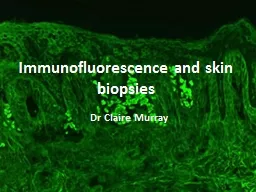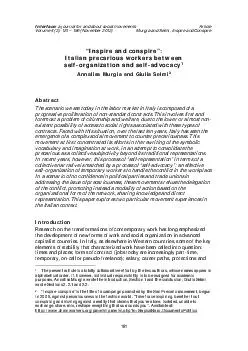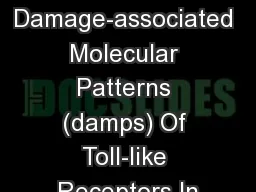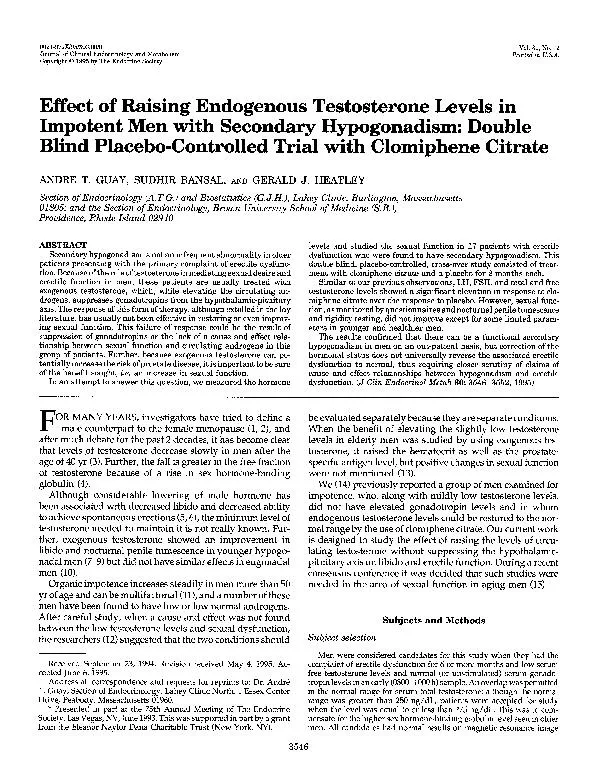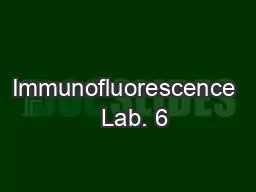PPT-Immunofluorescence and
Author : pamella-moone | Published Date : 2015-10-27
s kin biopsies Dr Claire Murray For IMF Normal Skin Perilesional skin Lesion For histology Procedure for biopsy Ellipse incisional biopsy helps preserve an intact
Presentation Embed Code
Download Presentation
Download Presentation The PPT/PDF document "Immunofluorescence and" is the property of its rightful owner. Permission is granted to download and print the materials on this website for personal, non-commercial use only, and to display it on your personal computer provided you do not modify the materials and that you retain all copyright notices contained in the materials. By downloading content from our website, you accept the terms of this agreement.
Immunofluorescence and: Transcript
Download Rules Of Document
"Immunofluorescence and"The content belongs to its owner. You may download and print it for personal use, without modification, and keep all copyright notices. By downloading, you agree to these terms.
Related Documents

